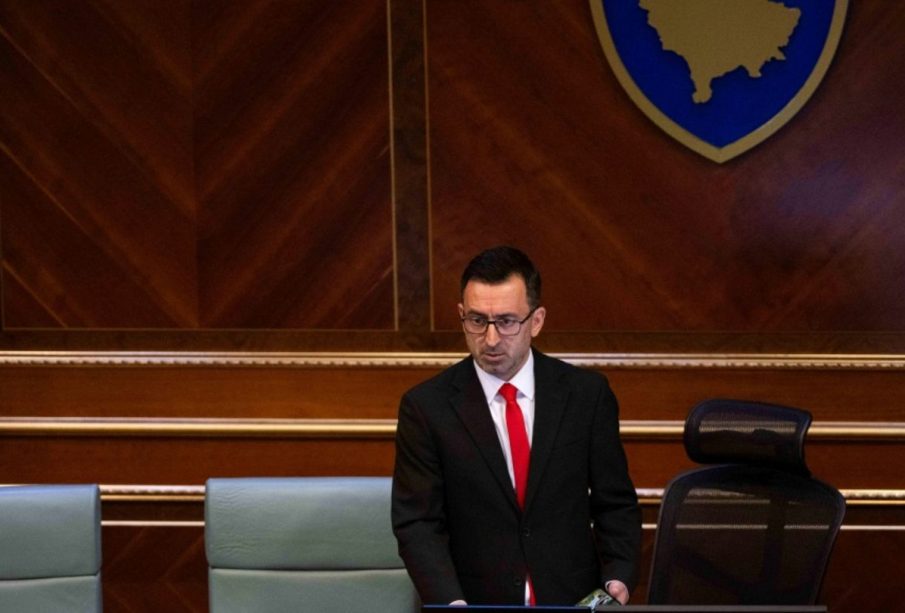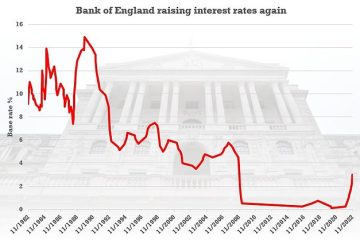The Current Situation in Kosovo: A Closer Look

Introduction
Kosovo, a landlocked territory in the Balkans, has been a focal point of political conflict and international interest since its declaration of independence from Serbia in 2008. The ongoing developments in this region are crucial not only for the stability of the Balkans but also for broader European Union relations and global diplomatic dynamics. As tensions persist, understanding the situation in Kosovo remains vital for both policymakers and the public.
Recent Developments
As of 2023, Kosovo continues to face significant challenges in its pursuit of international recognition and political stability. The European Union and NATO have been heavily involved in mediating high-level dialogues between Kosovo and Serbia, yet these negotiations have often stalled. In recent months, clashes between ethnic Serbs and the Kosovo Police have erupted, particularly around the northern municipalities where Serb populations reside. Such incidents reflect lingering tensions and dissatisfaction with Kosovo’s governance among the Serbian community.
The EU has proposed a new framework for negotiations aimed at normalising relations, but the progress has been limited. In July 2023, several EU member states witnessed rising calls from national governments to reconsider their stance on Kosovo’s sovereignty and relationships with Serbia, adding a layer of complexity to the issue. Meanwhile, Kosovo’s government has intensified efforts to strengthen alliances with other states that recognize its independence, seeking greater support to defend its sovereignty.
The Humanitarian Aspect
Beyond political disputes, the humanitarian situation in Kosovo remains pressing. Following decades of conflict, issues of socio-economic development, public services, and the rule of law are ongoing challenges. The United Nations Development Programme (UNDP) reported that despite improvements, Kosovo still ranks low on various human development indices, facing high unemployment rates and an underdeveloped economy.
Conclusion
In summary, the situation in Kosovo encompasses a complex interplay of historical legacies, ethnic tensions, and geopolitical interests. Continued dialogue between Kosovo and Serbia, with the backing of the international community, is essential for addressing these challenges. With the EU and other global powers closely monitoring the region, the future of Kosovo remains uncertain yet pivotal for regional stability. For readers and policymakers alike, staying informed on this topic is essential as developments unfold, potentially impacting not only the Balkans but also international relations at large.









